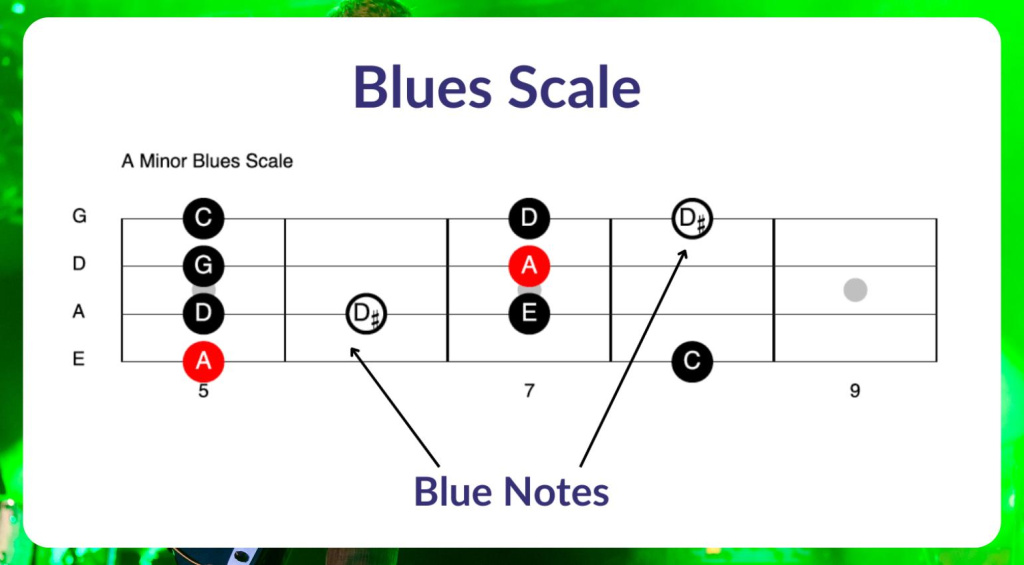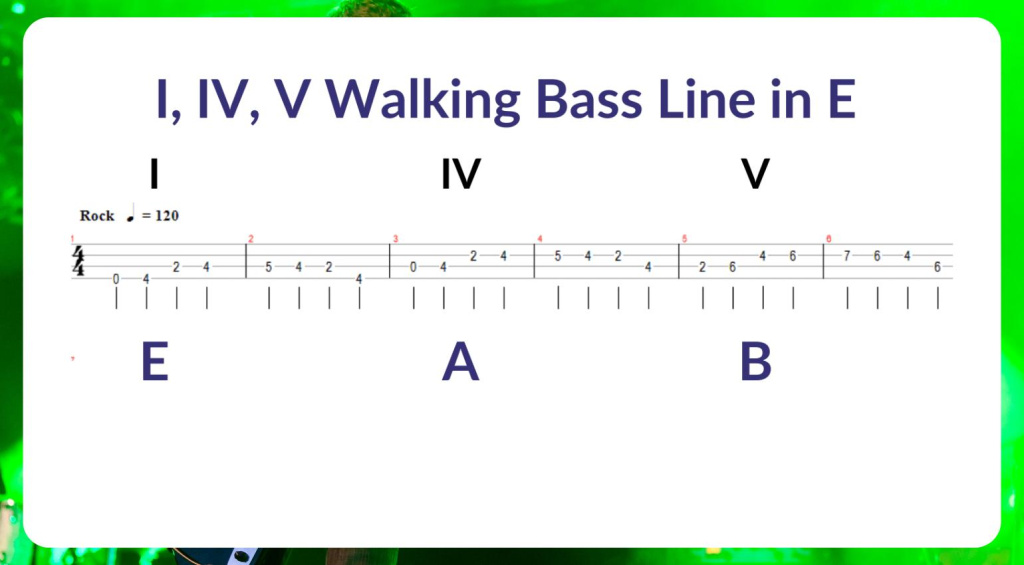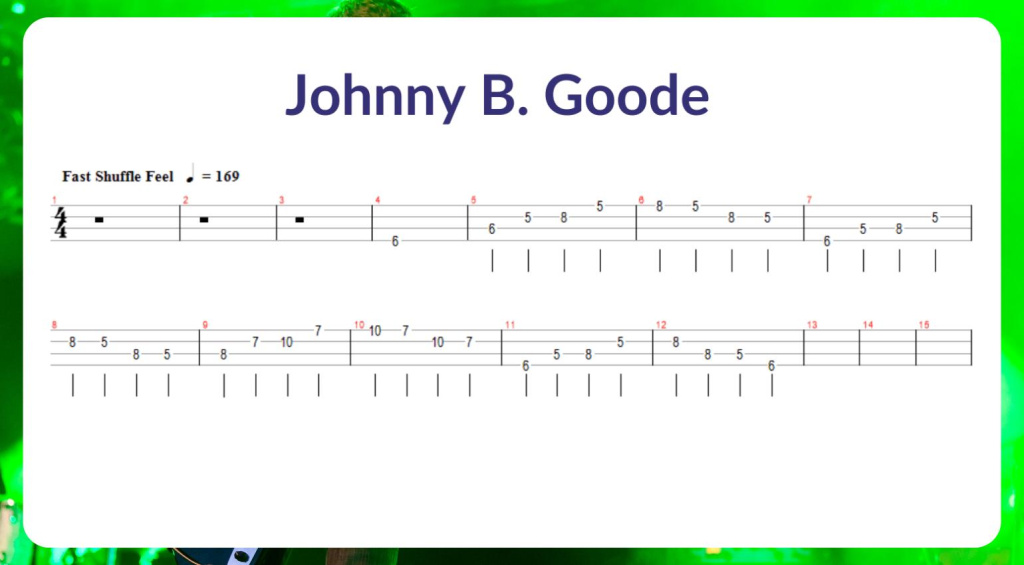Walking Bass Lines: What Are They? How You Can Use Them
TABs for Walking Bass Parts
Walking bass lines paved the way for rock and roll. Without them, there would be nothing. But where did it all start, and how can you use them?
Walking Bass Lines
Walking Bass Lines: What Are They? How You Can Use Them
Throughout rock history, there have been many great bass players. John Entwistle, Lemmy, Flea and Gene Simmons to name a few. Besides being killer rock gods, what do they all have in common?
It’s safe to say that all of them have, and had, a healthy understanding of walking bass lines. Whether they were recording a slow ballad or a drug-fuelled powerhouse, they may have considered using a walking bass line. So buckle up as we check out this prestigious bass guitar technique.
What are Walking Bass Lines and Where Did They Start?
Traditionally, walking bass lines were played on upright basses. Less Rock and more Baroque, this sort of melodic accompaniment has been around since the 1600s. In this period, it was stylistically referred to as a basso continuo.
What we know today emerged through Jazz and Blues music in the 1920s. During the Blues and Rock and Roll renaissance of the 1950s is where things really took off.
There are many variations to suit style and genre, but essentially it’s a simple formula. The walking bass line itself consists of a series of 1/4 notes, crotchets, that move up through a scale. Therefore creating a sense of movement within a piece of music.
The Blues Scale
Usually, a walking bass line will hop, skip, and jump around a blues scale. This forms the melody of the bass part.
A term is given to a scale depending on how it sounds, and which notes are put together to achieve that desired sound. For instance, we have the pentatonic scale which is made up of five notes. Furthermore, there are the major and minor scales. One happy, one sad.
Therefore the Blues scale has the addition of out-of-key notes which are referred to as blue notes. Usually in the form of flattened fifths. They sound fine on their own, but when played in context with the rest of the scale they create dynamic contrast. Thankfully, the next note in the scale acts as a resolution and fixes that contrast.
Understanding the I, IV, V
Most blues music follows this chord progression, the one, four and five. This refers to the chord within a key. In the key of E, the I chord is E, IV is A and the V chord is B.
For bass accompaniment, we would play the series of 1/4 notes from the route note of each interval. Whether you’re playing Queen, Led Zeppelin or The Beatles, you’ll be able to find a walking bass part.
Check out the TAB below which shows us what we need in the key of E. We can see how the walking bass line changes with each interval of the I, IV, V.
Johnny B. Goode – Chuck Berry
Enough of the theory already. Let’s play something! This 1950s classic is an ideal place to start.
Little did he know at the time, Willie Dixon would end up recording one of the most recognizable and iconic blues bass parts of all time. Luckily for us, it features that sweet sweet walking bass line.
Additionally, we’re in the key of Bb here. Combining elements of the blues scale and the I, IV, V.
Time Bomb – Rancid
It’s not just Blues music that uses this kind of bass part either. Oh no! Take a look at this 1990s Punk Rock tune from Rancid.
This just goes to show that pretty much any form of music could use a walking bass part. We just need to remember to start on the route note and work upwards through the blues scale. As long as you have a good understanding of the chord progression of whatever song you’re playing you’ll be good to go!
Moreover, we have a slower song but with a faster bass part. This is thanks to a series of 1/8th notes, which is effectively double time.
Walking Bass Lines: One Size Fits All?
There we are, an insight into what makes a walking bass line tick. Having gone through the history, the theory and some contrasting examples, you should have more of an idea of what’s going on. Regardless of whether you’re having a solo jam or composing your band’s next single, give a walking bass line a go.
Relevant Gear
There are many bases to go for these days. This *Harley Benton JB-62 SB has 20 medium jumbo frets, passive pickups and a D-profile neck. Welcome appointments without breaking the bank.


However, at the other end of the scale, you can pick up this *Fender AM Pro II Jazz Bass. With a sweet roasted pine body, maple neck, and 2 V-Mod II Jazz Bass single coil pickups. Plus, this is currently at a discounted price! Even better…


You can still get your hands on a traditional-style double bass. Perfect for any Jazz ensemble or Rockabilly revival!

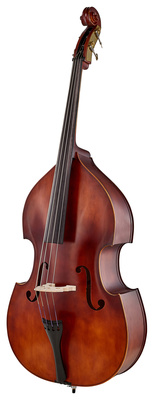

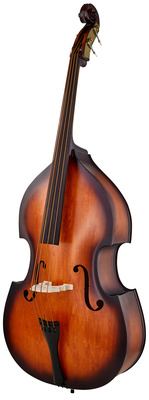
Videos:
Further Information:
*This post contains affiliate links and/or widgets. When you buy a product via our affiliate partner, we receive a small commission that helps support what we do. Don’t worry, you pay the same price. Thanks for your support!
 4,8 / 5,0 |
4,8 / 5,0 | 

